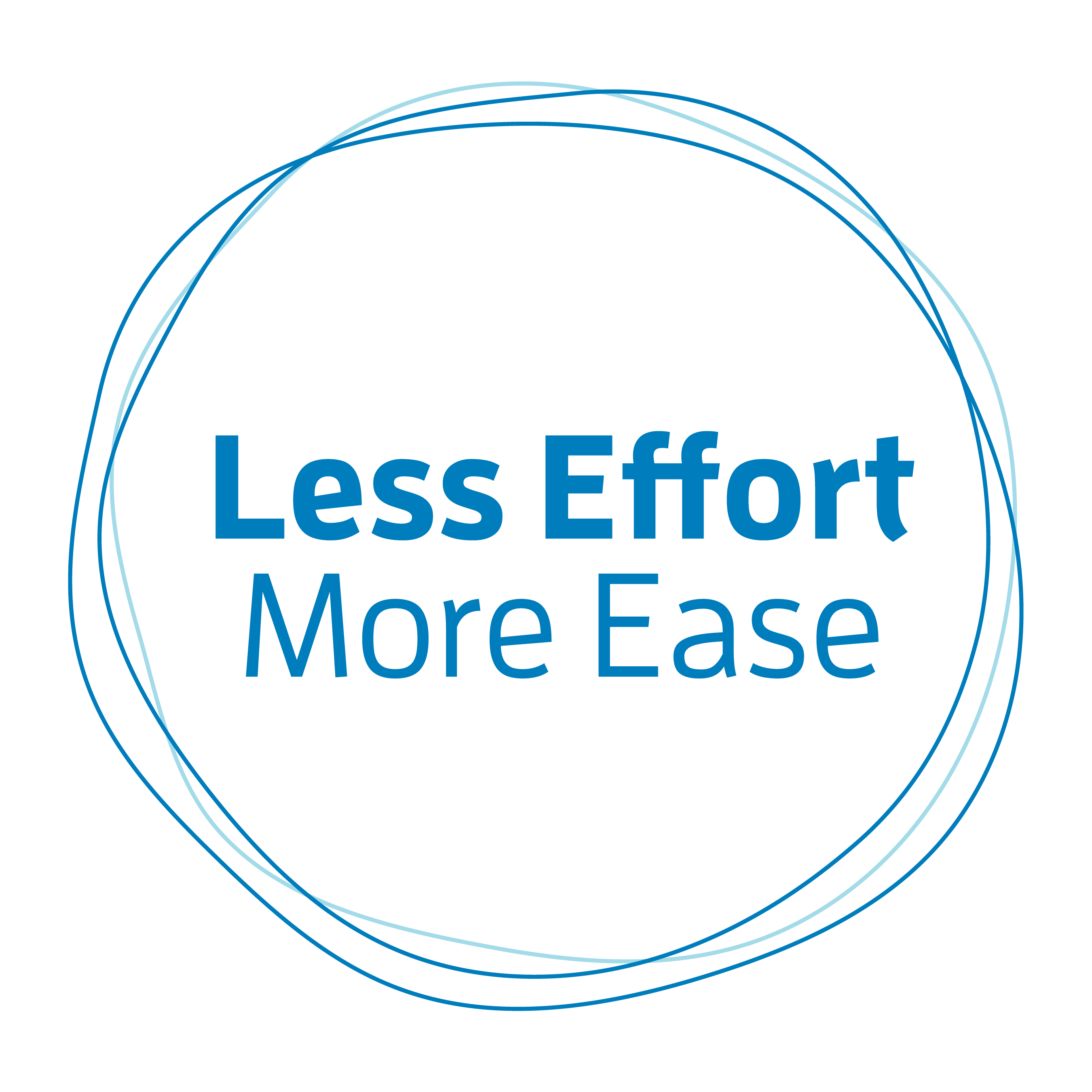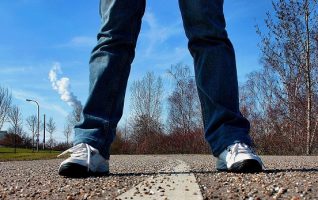I didn’t grow up in Minnesota. I moved here as an adult. It’s cold here in the winter. The streets are often icy and snow-covered, making for hazardous and stressful driving conditions.
One of the many things I had to learn after moving here was how to drive in the winter.
The best piece of advice one of my Minnesota friends gave me regarding winter driving was to drive so you use the brakes as little as possible.
That has become my basic rule for winter driving.
To follow that rule, I do several things.
One thing I do is aim to create as much space as possible between me and the car in front of me.
Often just the road condition itself, without any other cars around, causes a bit of stress. Just like walking on an icy sidewalk or driving in a pouring rainstorm when you can’t see well out your windshield causes a bit of stress.
Add other cars and drivers to the mix, and the stress level multiplies.
If I am not careful, I will start to tighten and compress in the area where I—and so many others often respond to stress—neck, shoulders, and upper back.
If I inadvertently get too close to the car in front of me, I immediately feel the stress meter tick up, and my tightening and compressing want to kick in.
If I slow down and let the space increase, that stress level goes down, and my body and breathing can relax.
So, I have learned that more space on the road decreases my stress and corresponding tension.
I have taken that lesson into my life in general.
One of my basic rules for managing my stress level is: aim to create more space in my day.
Creating more space in my day involves time. It involves giving me adequate time to do what I need to do. To jettison things that crowd my day or move them to another day.
Just like with my driving—if things I have to do in my day get packed too close together—if I haven’t allowed enough time—I feel the stress meter tick up, and my tightening and compressing want to kick in.
When I consciously create space in my day, my stress level decreases and so does my excess tension level in my body.
And I feel better.
One way that I love to create space is to pause.
Learning to consciously insert pauses is one of the skills that the Alexander Technique teaches.
To pause simply means that you put a bit of space before responding to something.
In that space, you give yourself the gift of time.
Time to breathe and think and choose how best to respond.
I have a wonderful colleague on the East Coast named Anne Johnson. She often describes pausing as including rest notes in your day. Anne is musical and so many of her analogies involve music.
Imagine a piece of music that you enjoy. Take time to hear the music and notice how you feel when you listen to this song that you enjoy so much. Hear the notes that are being played but also the rests that give space between the notes.
Now imagine that all the rests or spaces have been taken out of the music, so all the notes run together. How does that feel to listen to now?
Our days often become devoid of rest notes. Everything gets pushed together. We have no space.
Learning to consciously pause now and then puts space back in your day and can help keep some of the excess stress away.
How can you or do you consciously create more space in your day? I’d love to hear from you in the comments section below.
Image by Kent DuFault from Pixabay




